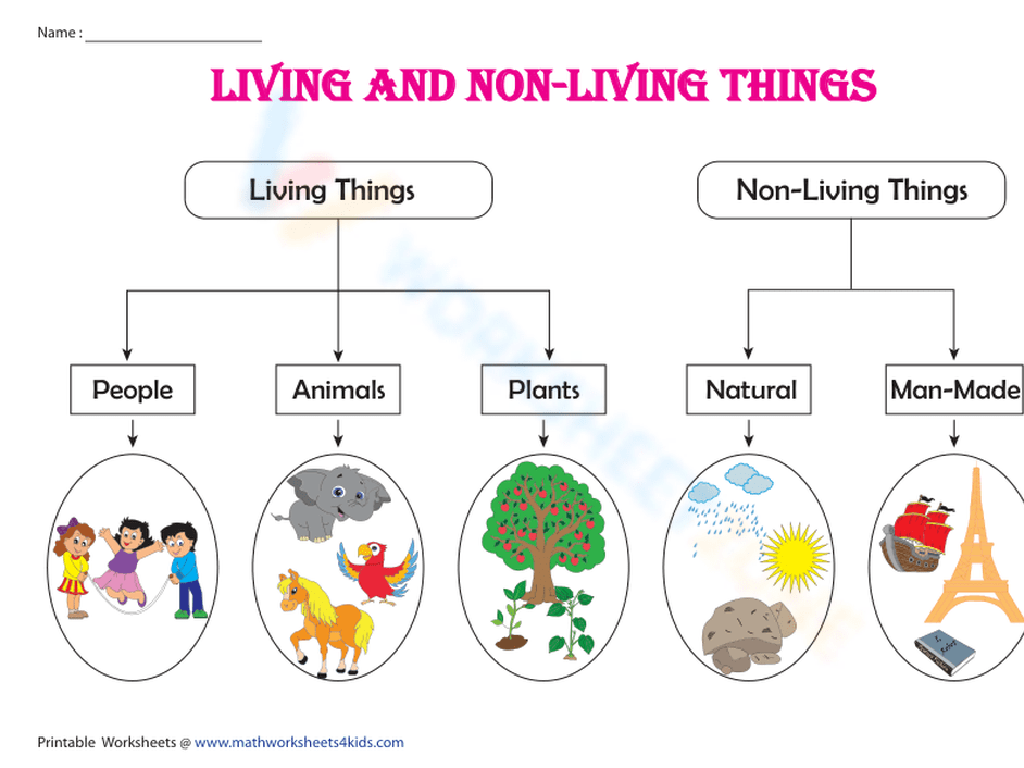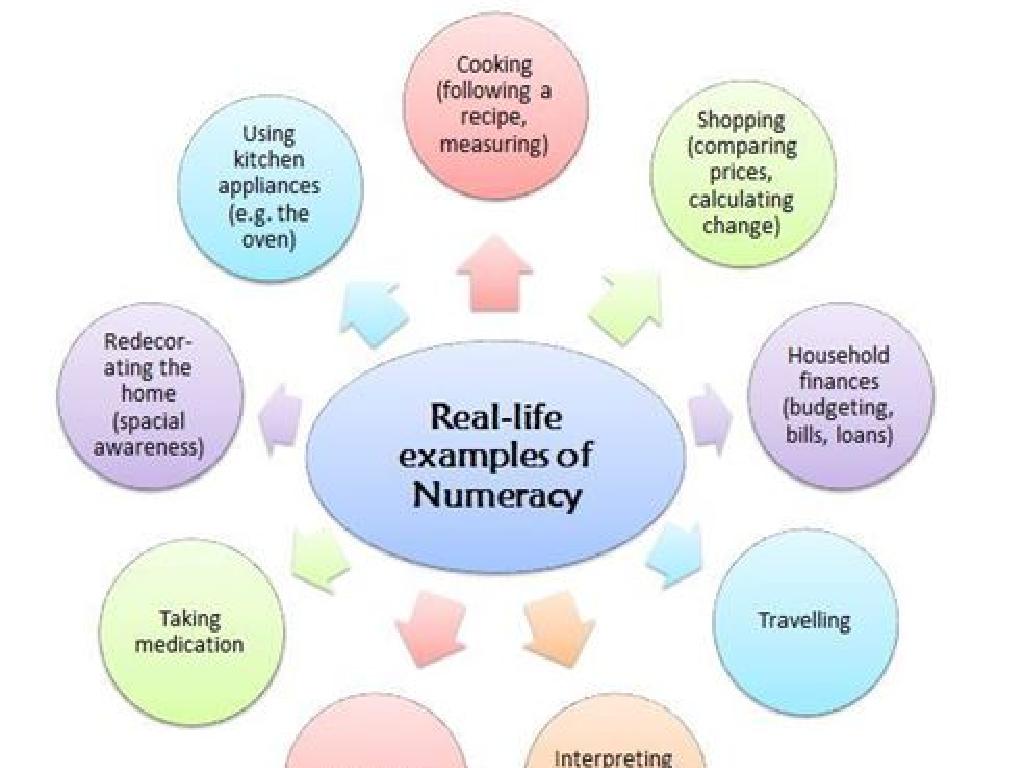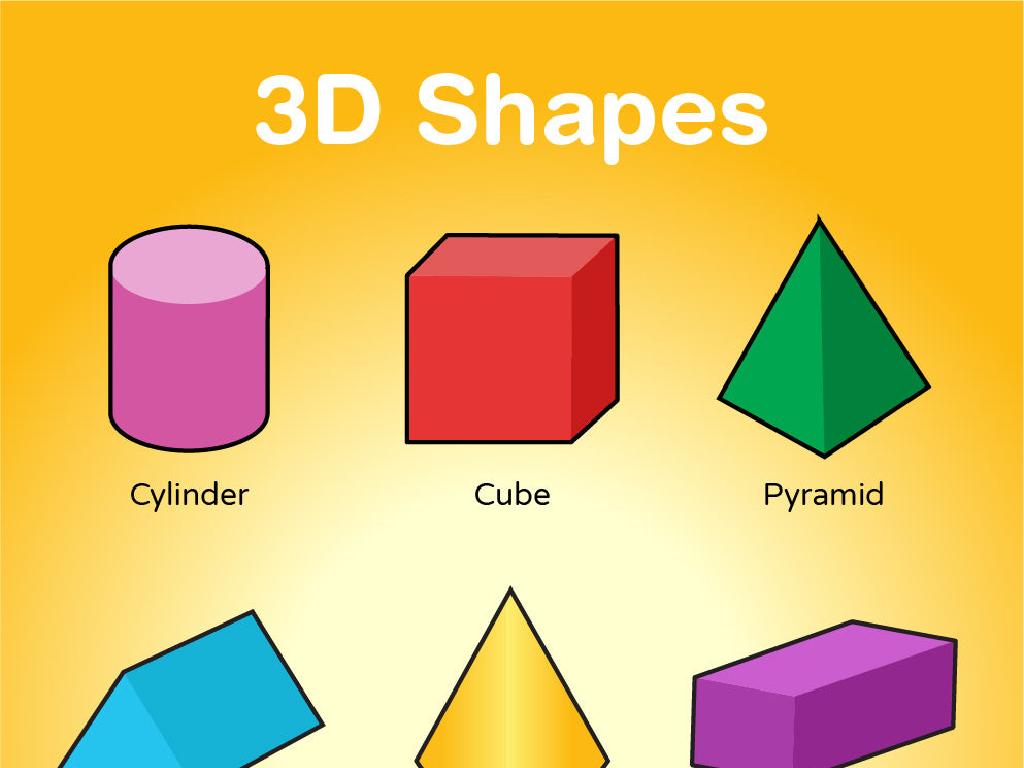Divide 2-Digit Numbers By 1-Digit Numbers: Complete The Table
Subject: Math
Grade: Fourth grade
Topic: Divide By One-Digit Numbers
Please LOG IN to download the presentation. Access is available to registered users only.
View More Content
Welcome to Division: Sharing Equally
– What is division?
– Division is splitting into equal parts or groups.
– Division as equal sharing
– Like sharing 12 apples with 3 friends equally.
– Division in daily life
– Using division when splitting snacks or organizing teams.
– Practice with division tables
|
This slide introduces the concept of division to fourth-grade students by framing it as the process of sharing things equally among a certain number of groups. Start by explaining division as a fair way to distribute items or to group them. Use relatable examples such as dividing snacks among friends or creating teams for a game to illustrate the concept. Emphasize that division is not just a mathematical operation but a useful tool in everyday life. Encourage students to think of their own examples of division and to practice completing division tables to reinforce their understanding.
Recap: Multiplication Facts
– Review multiplication tables
– Relate multiplication and division
– Multiplication and division are inverse operations; they undo each other.
– Understand multiplication as division’s opposite
– If 3 x 4 = 12, then 12 ÷ 4 = 3 and 12 ÷ 3 = 4.
– Practice with examples
– Let’s try 56 ÷ 7 and use 7 x 8 = 56 to help us.
|
Begin the lesson with a quick review of multiplication tables to refresh students’ memory. Emphasize the relationship between multiplication and division, explaining that they are inverse operations. Use simple examples to show how knowing one can help with the other. For instance, if students know that 3 multiplied by 4 equals 12, they can easily find that 12 divided by 4 equals 3. Provide practice problems where students can apply their multiplication knowledge to solve division problems, reinforcing the concept that multiplication is the opposite of division. This foundational understanding will help them grasp the concept of dividing 2-digit numbers by 1-digit numbers.
Dividing 2-Digit by 1-Digit Numbers
– Setting up a division problem
– Write the divisor outside and dividend inside the division bar.
– Understanding DMSB method
– Divide, Multiply, Subtract, Bring down steps for solving.
– Example: 56 ÷ 7
– 56 divided by 7 equals 8. We’ll break it down together.
– Practice with similar problems
|
This slide introduces the process of dividing 2-digit numbers by 1-digit numbers. Start by explaining how to set up a division problem with the divisor and dividend. Then, teach the ‘Divide, Multiply, Subtract, Bring down’ (DMSB) method step by step. Use 56 ÷ 7 as an example to demonstrate the method in action, showing each step clearly. After the example, encourage students to practice with similar problems, ensuring they understand the process. Provide guidance on common mistakes to avoid, such as incorrect subtraction or bringing down the wrong digit. The goal is for students to become comfortable with the DMSB method and apply it independently.
Let’s Practice Division Together!
– Class practice with 48 ÷ 6
– We’ll divide 48 by 6 as a class activity
– Discuss each division step
– We’ll talk about how we divide and why each step is important
– Check answers collectively
– We’ll make sure our final answer is correct as a group
– Understand division process
– It’s important to grasp how division works step by step
|
This slide is designed for a collaborative class activity to practice division. Start by writing the problem 48 ÷ 6 on the board and ask the class to solve it together. Guide them through each step: how many times does 6 go into 48? Encourage students to think aloud and discuss the process. Once the class reaches a consensus on the answer, verify it together to ensure everyone understands. Use this opportunity to reinforce the concept of division as sharing equally and the importance of each step in the division process. Prepare to offer additional similar problems for practice and ensure to praise their effort and participation.
Mastering Division: Complete the Table
– Understand the division table
– A tool to see how numbers are divided
– Fill in the missing numbers
– Use division skills to find unknowns
– Discover patterns in division
– Look for repeated number behaviors
– Practice with examples
|
This slide is aimed at helping fourth-grade students understand and complete a division table. Start by explaining the concept of a division table, which is similar to a multiplication table but used for dividing numbers. Encourage students to use their division skills to fill in the missing numbers in the table. Highlight the importance of recognizing patterns in division, such as how dividing by the same number results in a consistent sequence. Provide examples for the students to work through, such as 56 ÷ 7 or 81 ÷ 9, and ask them to fill in similar patterns in their tables. This exercise will reinforce their division skills and help them to see the relationships between numbers in division.
Division Word Problems: Sharing Equally
– Apply division in real scenarios
– Read the problem carefully
– Example: 63 books for 7 students
– If we divide 63 books evenly among 7 students, how many does each get?
– Calculate books per student
– Divide total books by number of students to find the answer.
|
This slide introduces students to the application of division in solving real-world problems. Emphasize the importance of carefully reading the question to understand what is being asked. Use the example provided to illustrate how division is used to find out how many books each student would receive if 63 books were distributed evenly among 7 students. The answer is found by dividing the total number of books by the number of students. Encourage students to visualize the problem, perhaps by drawing a picture or using physical objects to represent the books and students. This will help them grasp the concept of division as sharing equally. After explaining, give students similar word problems to solve on their own or in small groups to reinforce the concept.
Class Activity: Division Bingo
– Let’s play Division Bingo!
– Solve division problems on your Bingo card
– Each space has a 2-digit divided by 1-digit problem
– First to complete a row wins a prize!
– Winners get to pick from the prize box
– Have fun and practice division skills
– This game helps you get better at quick division
|
Division Bingo is a fun and interactive way to help students practice dividing 2-digit numbers by 1-digit numbers. Prepare Bingo cards with different division problems in each space. Ensure problems vary in difficulty to cater to all students. When a student solves a problem correctly, they can mark that space. The first student to complete a row, column, or diagonal wins. Have a selection of small prizes to motivate the students. This activity not only reinforces division skills but also encourages quick mental calculations and provides a break from traditional worksheets. Possible variations include having students create their own Bingo cards with problems or working in pairs to solve the problems.
Homework and Wrap-up: Division Practice
– Complete the division worksheet
– Study for a quick quiz next class
– Review your work for understanding
– Check your answers and try to correct any mistakes
– Feel free to ask any questions
– Now’s the time to clear up any confusion
|
As we conclude today’s lesson on dividing 2-digit numbers by 1-digit numbers, assign the division worksheet for students to practice at home. This will reinforce their understanding and prepare them for a quick quiz in the next class. Encourage students to review their work to ensure they understand the process of division. Remind them that making mistakes is part of learning and that they should try to correct any errors they find. Finally, open the floor for any questions, providing clarification and support where needed. For the quiz, consider including a variety of division problems, some of which require students to complete a table, to assess their grasp of the concept comprehensively.






